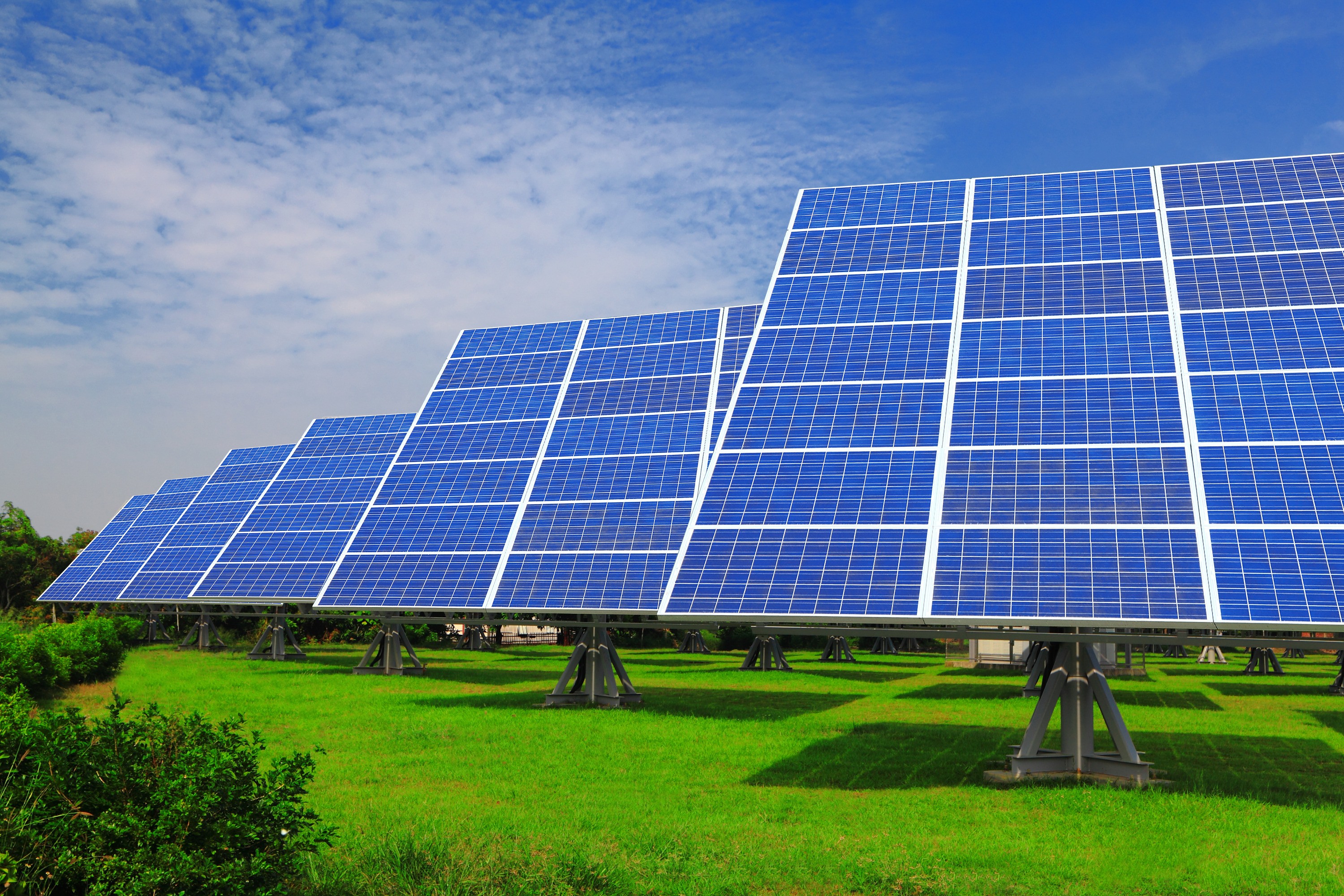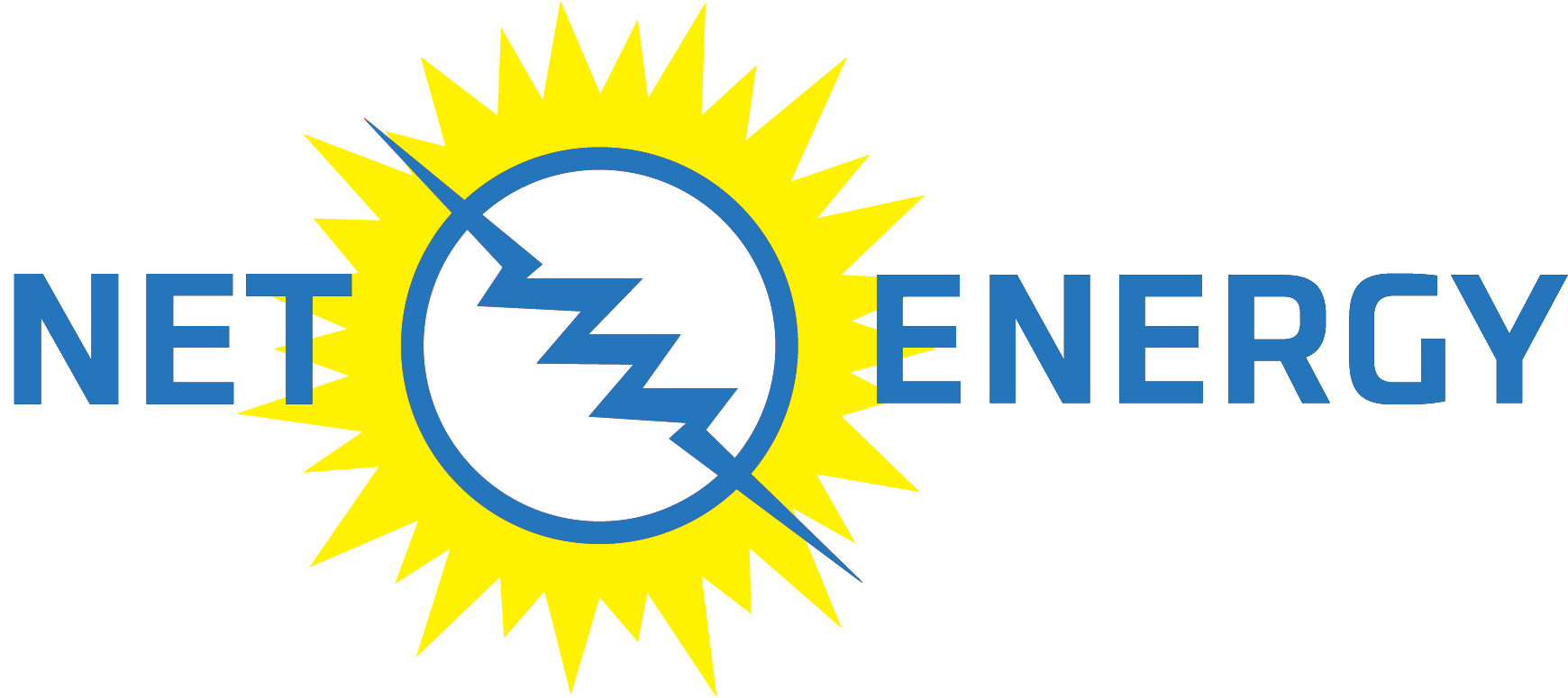
The study of Photovoltaics (PV) has been prevalent in history since the early 1800’s. Alexandre-Edmond Becquerel was credited with the discovery of the PV effect or better known as the operating principal of the solar cell in 1839. Today, there are usually two main categories in which PV systems reside. The first being grid-tied. In this system, the home draws power from the utility company at night, and generates its own power during the day. On the other hand, there is off-grid. This is where the home generates all the power and usage of batteries at night fuels the home.
Solar Electric Systems
A solar electric system takes ideas from both spectrums of PV systems. The home will still be generating as much power through the solar cells as possible like an off-grid system. However, power will still be drawn at night from a utility cable like a grid-tied system. The kicker is that all the extra power that the home draws out from the solar panel, will be re-transmitted through an inverter, back into the utility cable. In other words, your home will be taking the excess electricity and sending it back the to electricity company, ideally drawing your meter backwards. This process will create a continuous flow back to the utility company, crediting the energy against what you use at night.
Types of Solar Panels
There are three main categories when it comes to solar panels in a residential area. First you have your monocrystalline and polycrystalline modules. These solar panels are made up of crystalline cells and are different by the quality of the cells and silicon. Monocrystalline is made up of a single silicon crystal. This form of PV panel has the highest production of electricity which also relates to its more expensive rate.
Secondly, you have the polycrystalline panels that are made while making sure to use all of the silicon available. These silicon cells are made by melting and recrystallizing large quantities into ingots. These ingots are then cut and shaped into complete polycrystalline cells. Polycrystalline panels usually cost more and create less electricity than their monocrystalline counterparts.
Lastly, you have your least expensive option being thin-film solar panels. Thin-film solar panels are made not only from silicon, but from other semi-conductor materials as well. Although the lease expensive, they have the shortest lifespan and are the least efficient of the three as well.
Location of Solar Panels Matter
If you are living in the United States, then a general consensus would be to direct your solar electric system in a southern direction. In no way, shape or form should there be obstruction of sunlight to your home throughout the day. You will be generating the majority of your electricity here as long as your home isn’t shaded by trees. If it is, then you should consider some landscaping first, or another option. These panels can be placed high on your roof in an angle to catch the solar rays as best as possible. Some panels may be installed with an option to slightly adjust angles depending on time of year. If your home doesn’t have a roof with an ideal support system for the solar panels, ground systems are also an option.
Choosing your Inverter
Your inverter is an integral part of your solar electric system. Your PV system will be creating direct current (DC) energy. However, most homes usually run on alternating current (AC) energy. In order to transform the DC energy that your solar panels are generating into AC energy your home uses, you require a solar inverter. You’re going to have three main options when choosing your solar inverter.
String Inverters
This system is mainly for a home with no shade at all. All panels will be in a string system so the highest output given by the inverter will be the peak of its weakest link. Cheaper than your other options, but if you don’t really have any situations where you’re too worried about shade, then this could be the easiest way for you to go.
String Inverters with Power Optimizers
This solar inverter option is exactly as it sounds. It follows the same ideals of the string inverter; however, the efficiency is increased by the optimizer. Traditionally, the power optimizers are located next to the panels and are integrated into the system. These systems are more difficult to maintain and obviously cost more than your normal string inverter system. If your strong on defending your string inverter system but want to increase the power, then this is your next option.
Microinverters
Microinverters prove to be the most efficient solar panel system. This system consists of multiple smaller inverters at each installed solar panel site. Each panel is then easily monitored and the full amount of DC energy gathered at every separate panel section is being utilized. This option if the most expensive of the three and is optimal with places that have shade. They are the most efficient of the three and is also easier to assess problems. If there is a specific panel having an issue, this is easier recognized as each one has its own inverter.
Battery Storage Systems
In certain situations, such as being so far off the grid that you are unable to run a power line to your home, then you may require a battery storage system. This is where the home makes its own self sustainable solar electric system. By the use of large heavy-duty battery, the home creates a cycle of DC energy being sent and stored into the battery. This energy is then transferred into the inverter upon requirement. Your battery will be charged directly from the PV system arrays and will send it directly to the inverter for the transition to AC energy for your home.
Don’t worry about this if you live anywhere near an abundance of power lines unless you’re considering to use it for a backup generator. In this case, this heavy-duty battery solar electric system would be extremely ideal for whatever the reason may be.
